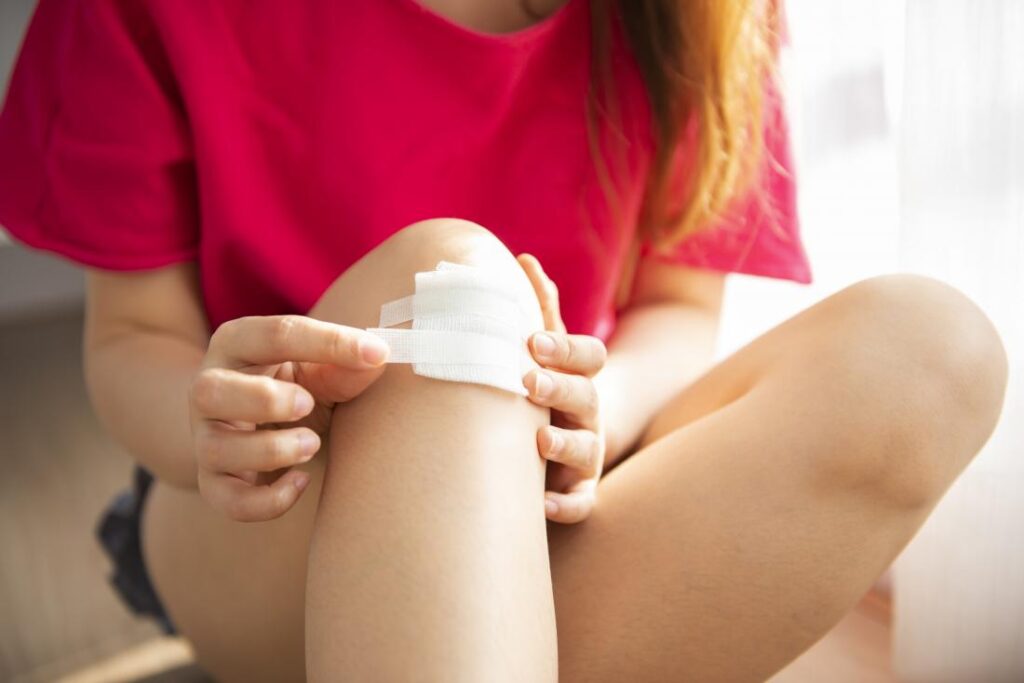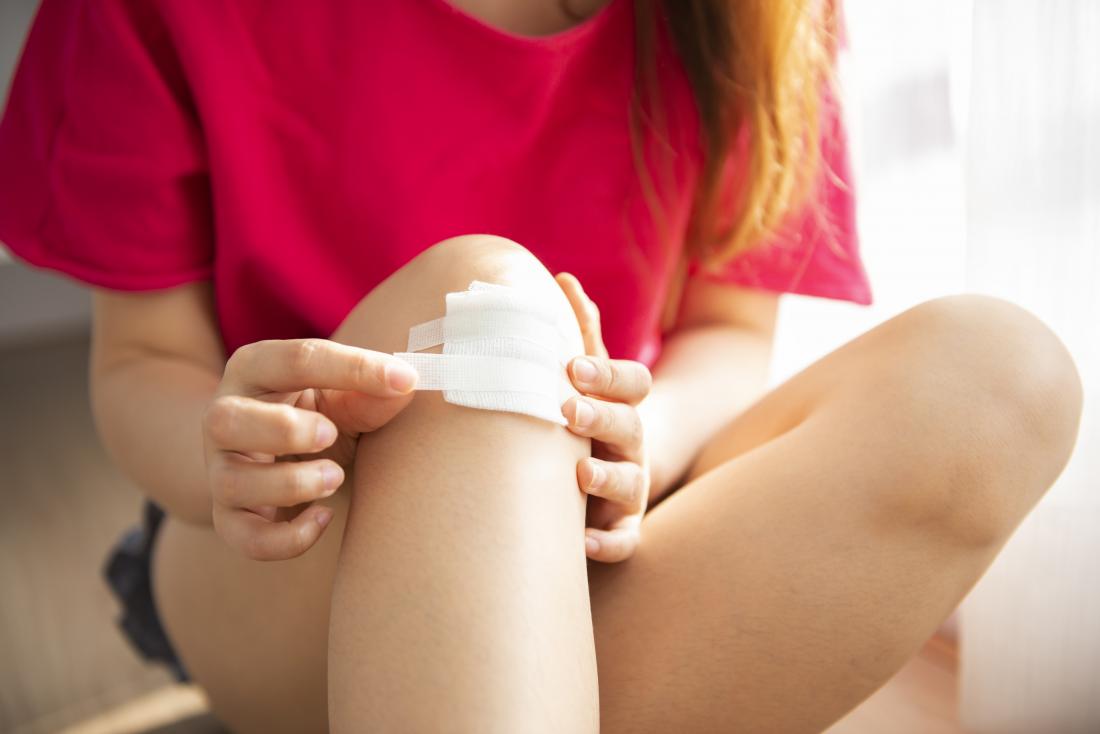
What once might have been the end of times, receiving a wound can now be easily taken care of. Even losing limbs doesn’t mean everything is lost, as doctors have been able to reattach limbs that have been severed if they can recover them and reattach them fast enough. Wound treatment is continuing to evolve, with new developments taking place every day.
Here is the current overview of wound treatment and what we can expect in the future.
What Is an Open Wound?
Open wounds are injuries that can affect either the external or internal tissue. This can be as simple as a scrape from a tree branch or a major wound that penetrates through the body, whether this is from a sharp object or a gunshot wound.
These wounds can occur by accident or deliberately. Regardless of how they happen, you should seek medical attention if it is a serious wound. If the bleeding does not stop for a minor wound, still seek medical attention, as this could be a sign of underlying issues.
Different Types of Wounds
Not all wounds are equal in type or severity. You can have a minor puncture from a needle through the toe, or a major abrasion from scraping against the road and developing road rash. Each wound should be addressed individually, rather than grouping them together.
Abrasion
Abrasions refer to scrapes and friction burns that can tear away at the skin. These wounds tend to feel more like burns rather than cuts but should be treated as an open wound all the same.
Abrasions can happen from anything like road rash to carpet burn. Abrasions are currently treated to fight off infection, as there are often microtears in the skin that don’t cause a lot of bleeding but are still susceptible to infections.
Laceration
Lacerations are deeper than abrasions and are often the result of a sharp object, though this isn’t the only way that they occur. In some instances, objects moving very fast like a wire can cause lacerations. Lacerations bleed heavier than abrasions and can vary.
If a laceration occurs in specific areas like the neck or wrists, bleeding out can happen quickly. If a laceration that is major happens be sure to seek medical attention as soon as possible. Apply pressure to try and avoid the loss of blood as much as possible.
Puncture Wound
Puncture wounds are open wounds that have a small insertion point and are limited to that area. They can occur from anything sharp, so this could be simple like a ballpoint pen or something extensive like a gunshot wound.
Because of this wide range, address the situation individually. A small puncture wound might need pressure and a bandaid. A major puncture wound from a needle or gunshot will need medical attention as soon as possible.
Avulsion
Avulsions are the medical term for the complete tearing of skin from the body. Though this does not refer to amputation, where a limb has been completely torn from the body. This refers to when a fracture happens at the bone, and there is a complete chunk of bone missing from the main portion.
How Are Wounds Currently Treated?
The treatment of wounds differs from situation to situation. Someone that fell and scraped their knee on the road is going to receive different medical attention than someone that accidentally cut through a portion of their finger while chopping onions.
Open wound treatment at home can consist of bandages, sanitization of the wound, and taking medications to dull the pain. Though the medication should be one that does not thin the blood, as this can lead to excess bleeding.
Medical attention can be more complicated. Deep lacerations can require stitches that close the wound and let the body heal the rest on its own. Heavy abrasions can lead to the burn unit to help address major areas of skin that need to be cut off and the wounds covered effectively.
If you fell and hit a rusty nail, you’ll more than likely need a tetanus shot. Tetanus is a bacterial infection that you can receive from rusty items that can lead to nerve damage and possibly even death.
What Does the Future of Wound Treatment Look Like?
The future of wound care treatment will more than likely revolve around the body’s ability to heal and regenerate after the trauma has occurred. Currently, the body relies on itself to repair, while medicine often decreases inflammation and helps with fighting off infections while the body repairs.
In the future, we can look to see skin artificially grown and moved onto the body to help cover up the wounds. This is perfect for those that are experiencing burns or deep cuts that would otherwise scar over.
Check out biolab sciences fluid flow for more information about the future of artificial skin and how it can help patients.
Other concepts can also include nanoparticles that can tell the body to kickstart the regeneration process faster than itself. These nanoparticles hijack the cells and help tell them what their job is, rather than hoping that the body knows how to recover on its own. It becomes a guarantee rather than a hoping game.
We might also look to see technology that can help prevent chronic wounds from happening. Either by targeting the cells that are causing them or by finding ways to prevent the cells from damaging the body in the first place, thus making them useless.
Technology Continues To Evolve
The usage of AI and other advances in technology in wound treatment is going to continue to become more popular. Rather than relying on the same old techniques that we know work, we can continue to work at them and improve them to make human life better.
If you want to learn more about staying up top of your health and where the future is taking us, be sure to check out the rest of the blog. Know someone that has an interest in the future of medicine? Send this article to them to give them some insight.
